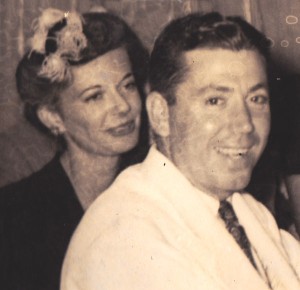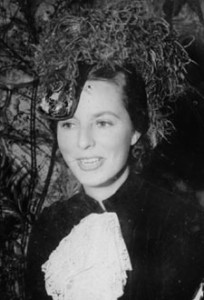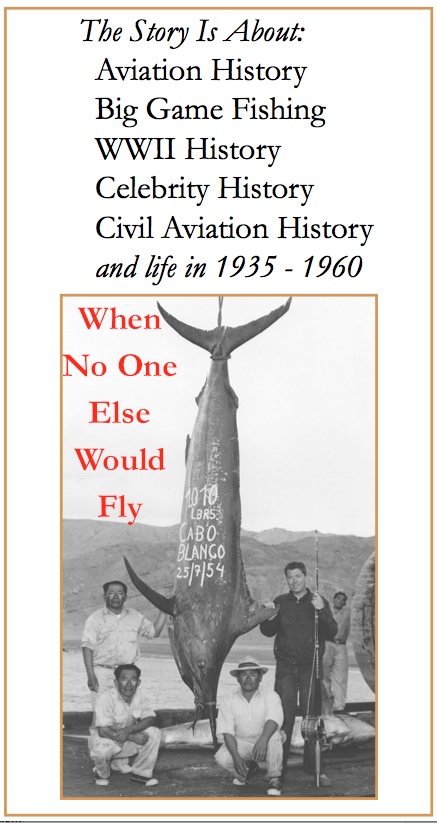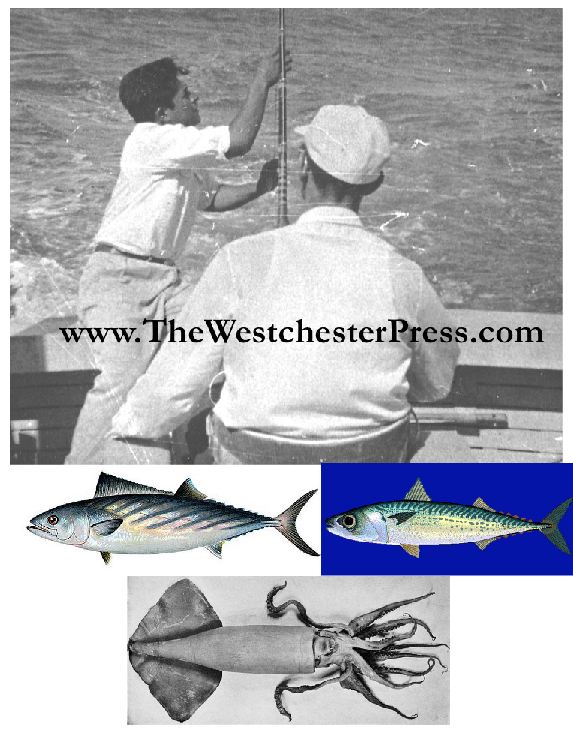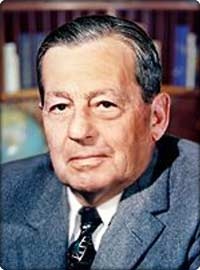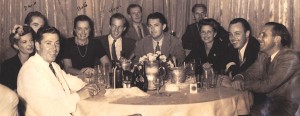 Tip’s story, “When No One Else Would Fly” describes a complicatedly fascinating time in history, when great change provoked extraordinary action by both people and governments. A time when technology and politics deeply affected the personal lives of people in every class and economic level.
Tip’s story, “When No One Else Would Fly” describes a complicatedly fascinating time in history, when great change provoked extraordinary action by both people and governments. A time when technology and politics deeply affected the personal lives of people in every class and economic level.
The writing of this story has taken place across a twenty- year span of time that has seen an astonishingly similar combination of technological, economic, and political change that has likewise affected the process of researching and producing it.
Colonel C. J.Tippett finished his manuscript in 1990 and I immediately began researching. While I used as much of the Internet as I could, my main resources were libraries, archives, and other books. As the years passed, my web searches yielded more and more valuable and accurate information until, in 2012, I was able to actually sit – by YouTube – in the cockpits of the planes my grandfather flew. I was able to find out things about the people he flew with, and fill in the details surrounding his achievements in ways were impossible even ten years earlier.
I participated in a stunning change in information access and publishing technology that significantly improved the way I could present Tip’s life story. And I’ve been living through an economic and political upheaval that bears some responsibilty for the fact that it took twenty years to produce a readable version.
Tip’s museum-quality archive formed the factual basis for this book and I thank him for both protecting it over the course of his travels and for making it available to me. I am also grateful to all of the people who researched, investigated, archived, organized, collated, posted, scanned, saved, studied, transcribed, listed, wrote, re-wrote, queried, answered posted, chatted, blogged, logged, snipped, photographed, conversed, read, re-read, memorialized, and preserved their knowledge and photographs.
“When No One Else Would Fly” is now available on Amazon.com.

